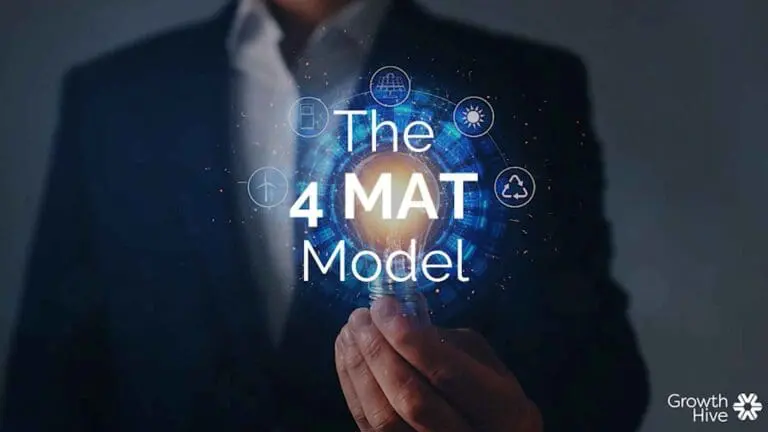Of the fifty or so models, tools and techniques that we cover on our ten-day leadership programme, by far the most popular and most used is Perceptual Positions. I believe that the reason for this is that it is the foundational technique for examining and improving relationships which is one of the main reasons why people want a coach.
You may not be aware of it until now, but there are at least three different perspectives that you can take during any interaction with another person (I’m going to make easier to start with and assume that you are only with one other person; once you’ve understand and worked with the model for a while, you can use it for groups of people).
Self Position
As I consider the relationship that I have with you, I could just take the Self Position and just think about what’s in it for me and write this solely from my own perspective. I don’t need to think about who you are or what you want because it is all about me and what I want and what I believe and what I feel. If this were a diary or a journal, this attitude would work fine, but as I am trying to communicate with an audience unless I am very interesting and you want to know all about me, I will fail.
Other Position
For success, I need to take the position of the Other; I need to take the imaginative leap and try to understand what this relationship looks like from your perspective. I try to imagine what you already know, what you don’t know, what your needs might be around the issue of relationship building. I know that in doing this I will not be completely successful as some of you reading this may find it patronising while others may find it going over their heads, but, if I am successful, then I might be able to communicate something worthwhile to many of my readers.
Observer Position
If the interaction is acrimonious, the Observer Position is great for leaving them in the Self Position and allow yourself to be more objective, but there are other advantages to this position. It allows us to take a bigger perspective and specifically over time. We can look back to past times when we have been with the person and start to recognise any patterns that emerge. It may be that this particular interaction is an anomaly and might not need to be considered too much; on the other hand, it might be one of many times when this has happened and we know that unless we do something differently next time, we’ll just repeat the same thing over and over again.
As we explore the interaction from the Observer perspective, we can now add the self perspective and the Other perspective into the mix, and as we do, the question becomes, “what am I going to do differently the next time that I meet this person so that I can enhance the relationship and enable both of us to achieve our outcomes.
The great thing is that very often the behavioural change that we need to make is very small – maybe moving further away from the other person, or closer; maybe changing my facial expression or posture or gestures; maybe changing my tone of voice; maybe talking more, or talking less, and listening more; maybe changing the context and going for a walk or a coffee with the other person. The magic of this process is that almost everyone I have worked with, individually or in groups, has come up with one or even several things that they can do differently, and, it almost always makes a difference, sometimes quite small ones, but very often big changes.
I really would invite you to “play” with the process, and notice what changes in your life.



